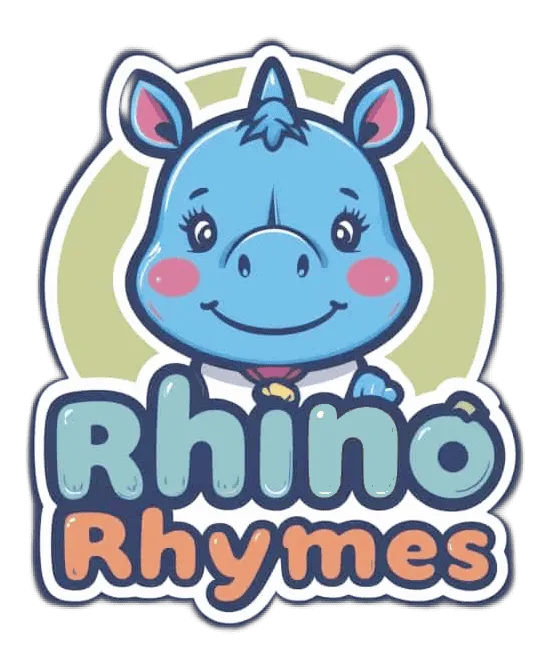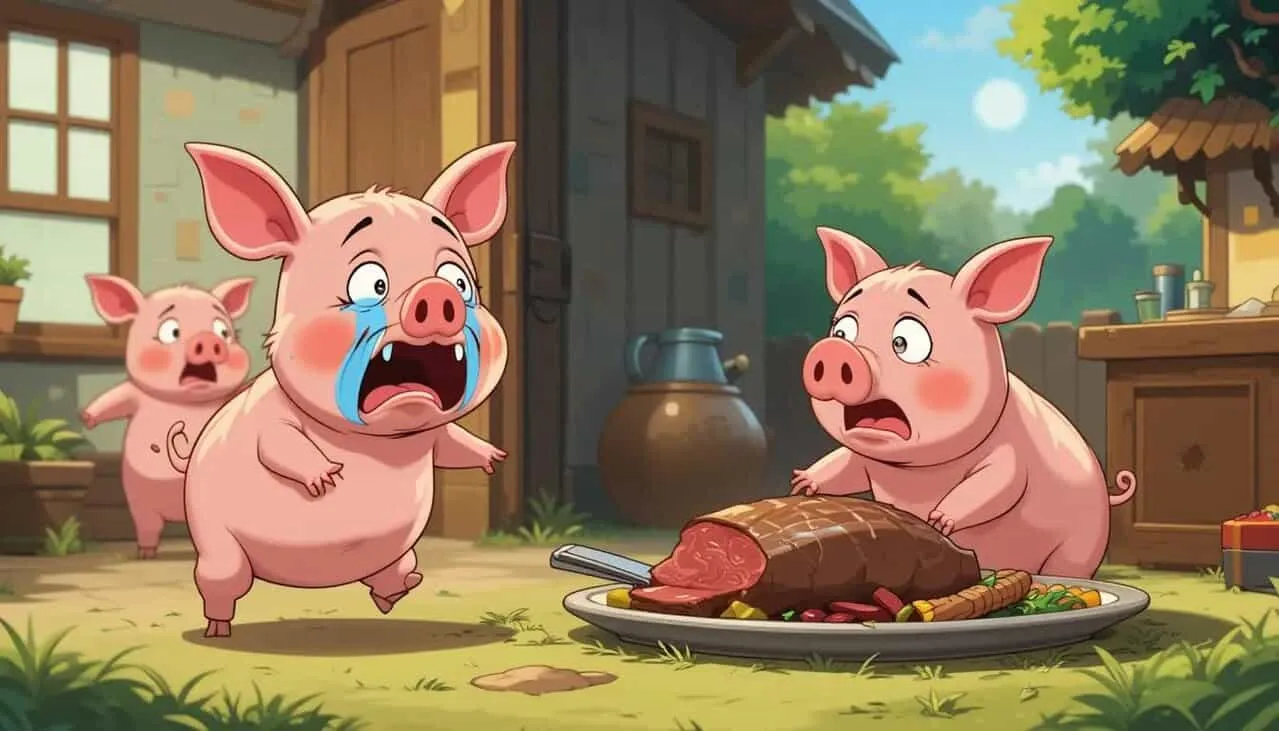This Little Piggy is well-known nursery rhyme, enjoyed by generations of children worldwide. It is a delightful fingerplay that not only entertains but also educates young minds about counting and individuality.
The rhyme goes as follows:
This little piggy went to market,
This little piggy stayed home,
This little piggy had roast beef,
This little piggy had none,
And this little piggy cried "wee, wee, wee" all the way home.
This article delves into the origins, evolution, and significance of “This Little Piggy,” exploring its themes and impact on children’s culture.
Origins and Evolution
The first line of “This Little Piggy” appeared in a medley called “The Nurse’s Song” in 1728. However, the full version was first published in The Famous Tommy Thumb’s Little Story-Book in 1760. Initially, the rhyme referred to “little pigs,” but by the mid-20th century, it evolved to “little piggies,” making it even more endearing.
Over the years, slight variations have emerged, reflecting different cultural influences and creative adaptations. For example, some versions replace “roast beef” with “jam and bread” or “bread and butter,” while others introduce modern elements like bicycles and airplanes.
Themes and Interpretations
At its core, “This Little Piggy” explores themes of happiness and fear, as it narrates the life of farm pigs—some of whom are well-fed and others who face the reality of being sold at the market. The rhyme’s dark undertones are often overshadowed by its playful execution, where each line corresponds to a different toe or finger, culminating in a tickle that delights children.
Despite its seemingly innocent nature, “This Little Piggy” has been interpreted in various ways. Some see it as a commentary on the fate of farm animals, while others view it as a simple, interactive game that teaches counting and individual roles.
Cultural Significance
“This Little Piggy” is more than just a nursery rhyme; it is a cultural phenomenon that has been featured in numerous adaptations, from children’s books to films and television shows. Its enduring popularity can be attributed to its ability to bond parents and children through playful interaction, teaching rudimentary counting skills and reinforcing individuality.
In a 2009 survey, “This Little Piggy” was ranked as the eighth most popular nursery rhyme in the United Kingdom, highlighting its timeless appeal. The rhyme has also inspired creative reinterpretations, reflecting modern themes and settings.
Cultural Adaptations
Language Adaptions
- In Spanish, nursery rhymes like “El sol es de oro” show how rhymes can be adapted while maintaining their essence. Although “This Little Piggy” hasn’t been directly translated into Spanish, its structure and interactive nature make it easily adaptable.
- In other languages, similar adaptations occur, often reflecting local customs and foods, such as replacing “roast beef” with “jam and bread” or “bread and butter”.
Modern Interpretations
- Organizations like PETA have reinterpreted the rhyme to promote animal-friendly themes, such as “This Little Piggy Had Roast Beets,” fostering empathy towards animals.
- Creative adaptations, such as using modern elements like bicycles or airplanes, have also been introduced to keep the rhyme relevant.
“This Little Piggy” is a testament to the power of nursery rhymes in shaping children’s experiences and cultural heritage. Its evolution over centuries reflects not only the changing times but also the creativity and adaptability of human imagination. As a beloved fingerplay, it continues to entertain, educate, and inspire new generations, ensuring its place as a cherished part of childhood culture.
If you enjoyed this article why not check out our other rhymes such as Bingo or Jack and Jill.

